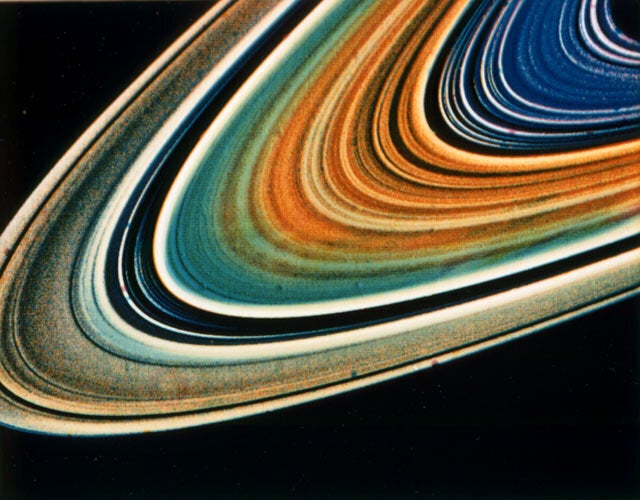
Nasa has denied that the Voyager 1 spacecraft has left the Solar System.
It was claimed on Wednesday that data from the craft, which is currently near the edge of the Sun's influence 11 billion miles from Earth, had officially become the first manmade object to reach inter-stellar space.
According to a study in Geophysical Research Letters,, the craft recorded drastic changes in radiation levels on August 25, 2012 which are consistent with having left the Solar System.
Those changes hinted that the craft had crossed the so-called "heliocliff" where the Sun's wind of energetic particles ceased to be felt.
But Nasa says the consensus is still that the craft is technically within our sun's influence, and it is not ready to declare the boundary crossed.
"The Voyager team is aware of reports today that Nasa's Voyager 1 has left the solar system," said Edward Stone, Voyager project scientist based at the California Institute of Technology, in a statement.
"It is the consensus of the Voyager science team that Voyager 1 has not yet left the solar system or reached interstellar space. In December 2012, the Voyager science team reported that Voyager 1 is within a new region called 'the magnetic highway' where energetic particles changed dramatically. A change in the direction of the magnetic field is the last critical indicator of reaching interstellar space and that change of direction has not yet been observed."
What is clear is that the craft is now in an unknown region of space, where conditions are unlike any experienced by a manmade craft.
"Within just a few days, the heliospheric intensity of trapped radiation decreased, and the cosmic ray intensity went up as you would expect if it exited the heliosphere," said Bill Webber, professor emeritus of astronomy at New Mexico State University in Las Cruces.
"It's outside the normal heliosphere, I would say that," Webber said. "We're in a new region. And everything we're measuring is different and exciting."
